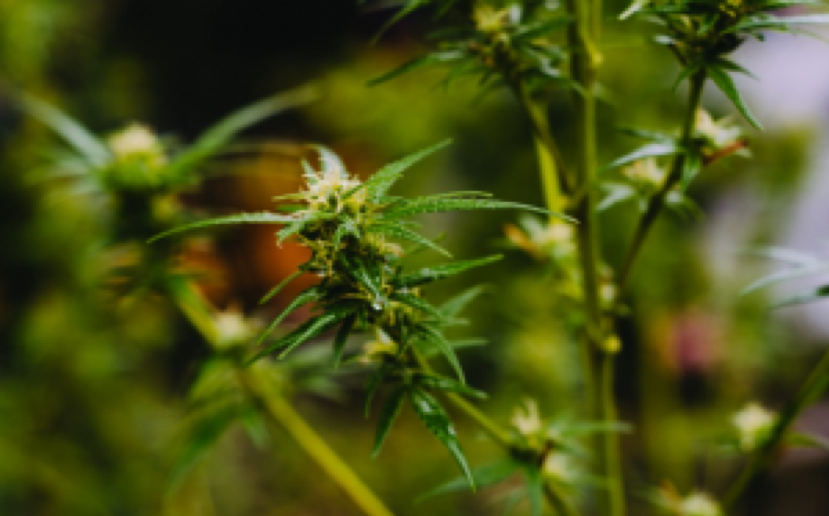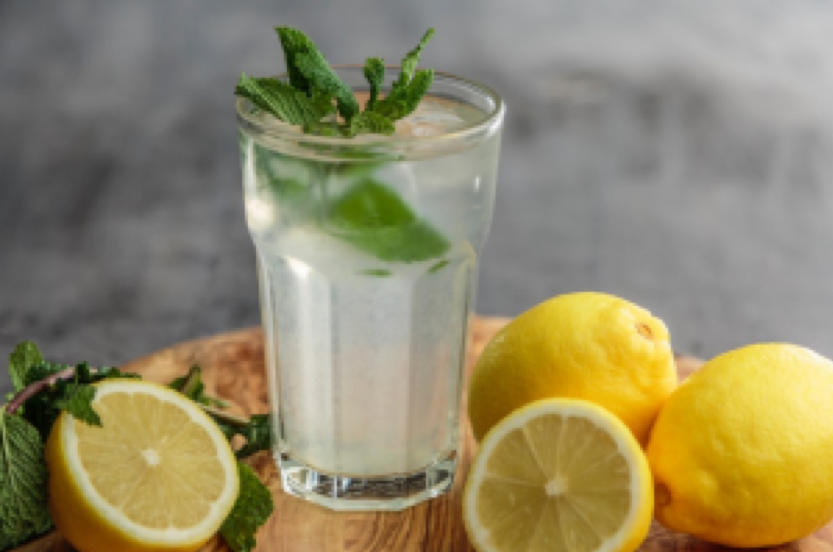Since cannabis legalization in Canada, the conversation surrounding terpenes has reached a fever pitch. Scientists are discovering that terpenes display fascinating chemical interactions alongside THC and CBD. This article addresses questions that medical cannabis patients may have about terpenes, such as:
- What are terpenes used for?
- What roles do terpenes play in medical cannabis?
- Which terpenes should medical cannabis patients know?
 Terpenes Explained
Terpenes Explained
Terpenes are everywhere around us. They’re in everything from flowers, foods, candles, deodorant, personal care products, and even beer. Terpenes occupy a unique cannabinoid class that is separate from THC and CBD. Terpenes are the aromatic organic building blocks that make up the essential oils present in vegetables, fruits, herbs, and flowers.
Terpenes are deeply rooted in almost every aspect of daily life. They are responsible for the signature fragrances of a fresh bouquet of roses, citrusy orange peels and even the earthy aroma of a pine tree forest.

Terpenes developed over time as an evolutionary defensive mechanism to ward off unwanted predators and plant disease by secreting strong, pungent scents.
Conversely, these same scents were also used to attract desirable pollinators.
Terpenes are also no strangers to real-world applications. Traditional medicines like aromatherapy, herbal medicine, and naturopathic remedies widely use synthetically extracted terpenes. Commercial industries also extensively use terpenes in perfumes, flavoring, personal care products, and odor agents.
 What Are Terpenes in Medical Cannabis?
What Are Terpenes in Medical Cannabis?
Terpenes imbue medical cannabis with unique tastes and scents much in the way that flavor and aroma enhance food. Interestingly, there is a complex interplay happening between terpenes and active primary cannabis compounds, THC, and CBD. The resulting synergistic interactions have anti-inflammatory, analgesic, and anxiolytic properties.
One of the most enduring cannabis myths is the oversimplified belief that Sativa and Indica strains generate polarizing effects; Sativa promotes energy while Indica is more for winding down. But science is now beginning to uncover the profound influence that terpene profiles exert when working in concert with THC and CBD.
“Terpenes seem to be major players in driving the sedating or energizing effects,” says Dr. Jeffrey Raber, Ph.D. Raber is a chemist who founded the first independent testing lab to analyze cannabis terpenes in a commercial capacity.
 What Do Terpenes Look Like?
What Do Terpenes Look Like?
At the final stage of plant maturation, terpenes secrete as essential oils that are visually expressed as shimmering, sticky crystal formations along with the bud and leaves of the cannabis plant. Delicate by nature, terpenes are influenced by climate, fertilizer, soil type, and weather. As uniquely non-psychoactive components, terpenes occupy a cannabinoid classification independent from THC and CBD.
Just like every flower has its trademark fragrance, every cannabis strain also bears its distinct aroma. Due to the sensitivity of human olfactory glands, terpenes act as a way for medical cannabis patients to quickly identify and recognize a cannabis strain based on scent alone. For example, a few familiar scents that medical cannabis patients can detect are citrus, pine, lemons, cloves, and lavender.
 Terpenes and “The Entourage Effect”
Terpenes and “The Entourage Effect”
According to a published article from the National Center for Biotechnology Information, well-respected cannabis researcher, Dr. Ethan Russo asserts that terpenes are more effective when consumed along with main active cannabinoids, THC, and CBD.
The assertion from the scientific community is that THC, CBD, and now terpenes work better consumed collectively as a full dose, rather than in isolates. Together, the cannabinoids add up to greater than the sum of their parts, but alone, their full potential isn’t fully harnessed. A quick example would be experiencing more significant benefits from eating natural fruits and vegetables as opposed to just taking vitamins.
THC, CBD, and terpenes can play off of each other’s’ chemistry. Dr. Russo, Director of Research and Development at International Cannabis and Cannabinoids Institute, refers to this synergistic mingling of compounds as the “Entourage Effect”:
“Terpenes display unique therapeutic effects that may contribute meaningfully to the entourage effects of cannabis-based medicinal extracts. Particular focus will be placed on phytocannabinoid-terpenoid interactions that could produce synergy with respect to treatment of pain, inflammation, depression, anxiety, addiction, epilepsy, cancer, fungal and bacterial infections.”
 Most Common Terpene Profiles
Most Common Terpene Profiles
There are over two hundred terpenes that have been identified, but this article will be focusing on the most commonly found terpenes in medical cannabis strains currently produced in Canada.
Here are the main terpene categories after clustering terpenes by their aroma profile:
- Herbal and Leafy
- Sweet, Floral and Fruity
- Earthy and Woody
- Spicy
- Tangy Citrus
 All of the following terpene properties were referenced from the National Center for Biotechnology Information.
All of the following terpene properties were referenced from the National Center for Biotechnology Information.
- Myrcene: Myrcene has the unique distinction of being the most abundant terpene produced by cannabis. Myrcene is naturally found in mango fruits, basil, thyme, and lemongrass. Its signature aromas are musky, herbal, and earthy. Effects: Myrcene’s properties include sedation and anti-inflammatory effects.
- Pinene: As its name suggests, pinene appears in conifers such as pine trees and is also present in parsley, orange peels, and rosemary. Pinene gives off a very distinct scent that is akin to pine needles. Pinene displays anti–inflammatory properties as well as acts as a bronchodilator, which aids in dilating and opening up respiratory airways.
- Linalool: This prevalent terpene exists in over 200 plants and is known for its pleasant, floral aroma. As such, it’s very commonplace in aromatherapy-related products such as lavender. Linalool’s effects include sedative, anxiolytic, and anticonvulsant properties.
- Beta-Caryophyllene can be found in black pepper, cloves, rosemary, and hops. Effects include analgesic and anti-inflammatory properties. Beta-Caryophyllene also helps protect brain function.
- Limonene is the second most natural occurring terpene in cannabis behind myrcene. It’s naturally present in lemons and citrus. Studies gathered from the National Center for Biotechnology Information have indicated that limonene can effectively combat depression, anxiety, and boost the immune system.
- Nerolidol is a terpene found in ginger, citronella, orange peels, and niaouli. The aroma of nerolidol is particularly earthy and smells of tree bark. It’s been known to have sedative and relaxing effects.
- Caryophyllene naturally occurs in popular herbs and spices like black pepper and cloves. This terpene holds properties as an anti-inflammatory and analgesic.
Terpenes are more than just organic compounds that create memorable fragrances — they’re a dynamic and influential class with proven medical value to cannabis patients. Terpenes are yet another exciting testament to the many therapeutic qualities that continue to be revealed from studying the cannabis plant.





